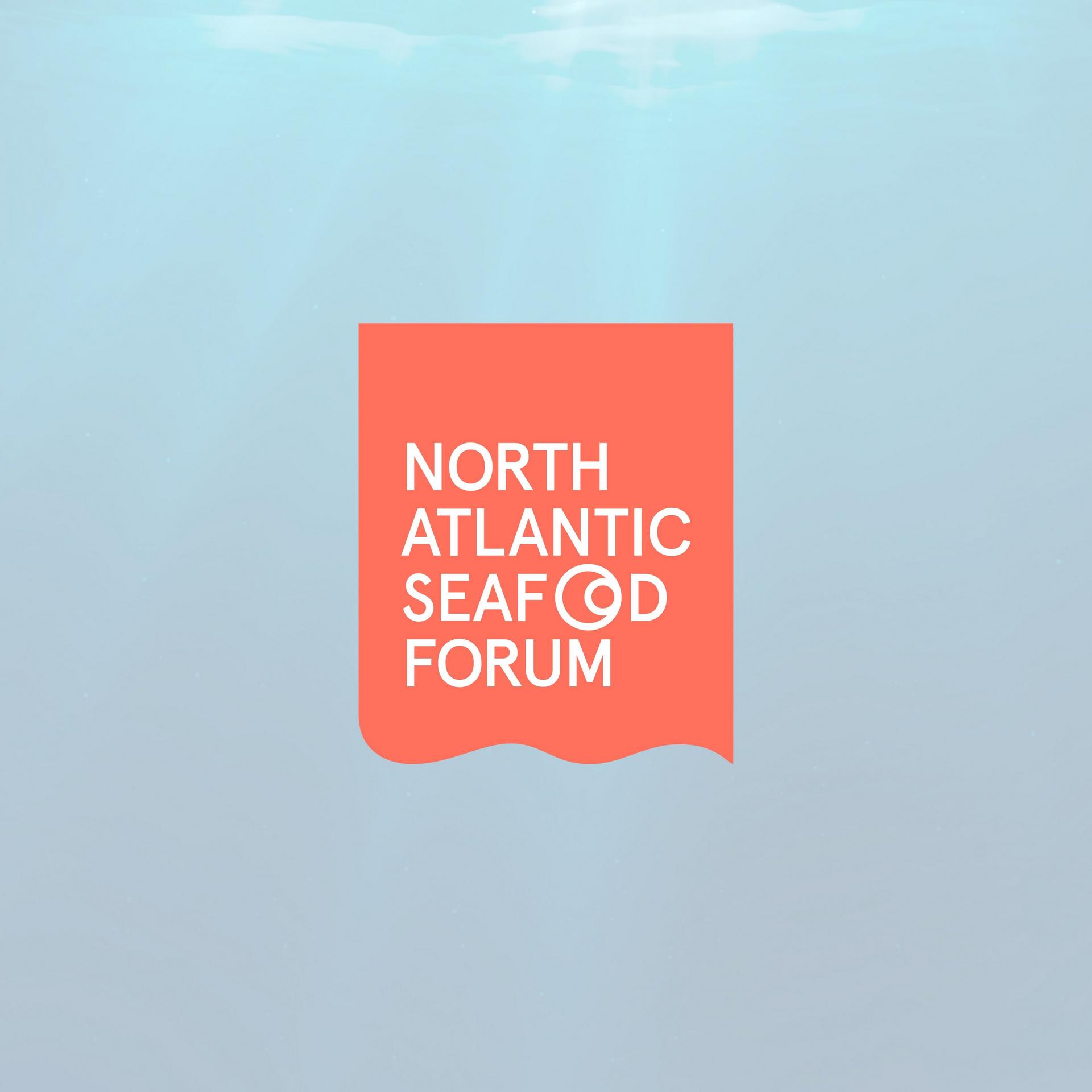
As the Global Shrimp Forum 2024 came to a close, our experts gave us fresh perspectives on the industry's future. Carlos Diaz, our CEO, joined forces with Henrik Aarestrup, VP LATAM, Shrimp & Hatchery; Katherine Bryar, Global Marketing Director; and Michael Gammelgaard, Business Development Director, to dive deep into the challenges and opportunities facing shrimp aquaculture today.
Carlos Diaz: Moving the sector forward with insights from Salmon
Carlos Diaz, gave a forward-looking perspective by comparing shrimp and salmon, two of the world’s most popular seafood choices. While shrimp currently has a higher carbon footprint than salmon, Carlos expressed optimism about its potential.
He also focused on the need for ongoing raw material innovation in the shrimp sector. Drawing from BioMar's experience, Carlos highlighted that real change often starts small, which can initially come at a higher cost.
“Usually, they start on a small scale; therefore, they are more expensive,” he pointed out regarding raw materials. “I think there's no way we can do it if we always focus on the cheapest ingredient around…It's not possible to do it if we don't test it and try it over and over”. Carlos stressed that cutting costs is not a sustainable strategy; continuous research and innovation are crucial to achieving long-term success.
By focusing on better practices, smarter feed technology and certifications, Carlos believes the shrimp industry has the potential to match, or even surpass, the sustainability achievements seen in the salmon sector.

Carlos Diaz with Melanie Siggs at the Plenary Opening and Inspiration. (Image credit: Global Shrimp Forum)
Henrik Aarestrup: Navigating the shrimp feed market
Henrik Aarestrup contributed to discussions in two sessions, "Shrimp Feed: Commodity Update and Feed Manufacturers' Perspectives" and "Feed Responsibly: ASC Feed Certification." He discussed the expected easing of shrimp feed prices due to reduced raw material costs like soymeal, wheat, and fishmeal.
“We do see an easing in some of the raw material prices,” Henrik explained. “That is, of course, very good news… the interesting thing is… how much and when?”
He pointed out that the impact of lower raw material prices would vary across markets due to differences in supply chains, creating potential delays in cost reductions reaching farmers.

Henrik Aarestrup with Erwin Suwendi at the "Shrimp Feed: Commodity Update and Feed Manufacturers' Perspectives" session. (Image credit: Global Shrimp Forum)
Katherine Bryar: Learning from other food producers
During the "Driving Consumption" session, Katherine Bryar shared insights on understanding consumer behaviour. Drawing from her experience with the Australian Egg Council, Katherine emphasised the importance of challenging assumptions about consumer barriers, noting that barriers to increased consumption might lie in product design and usage.
“Don’t assume you know the barriers to shrimp consumption,” she advised, illustrating how addressing simple consumer concerns helped the egg industry in Australia grow significantly.
“Today, 88% of the Australian public trusts Aussie eggs,” Katherine noted, suggesting that similar strategies could work for shrimp if we focus on consumer education and simplifying product appeal.

Katherine Bryar presenting at the Global Shrimp Forum. (Image credit: Global Shrimp Forum)
Michael Gammelgaard: The future role of feed companies
Michael Gammelgaard closed our participation at the forum with a discussion on the future role of feed companies in the shrimp industry. At the "Finance and Investment Summit: M&A and Inorganic Growth in the Shrimp Industry," Michael highlighted that “innovative collaborative partnerships” are crucial in mature markets.
“In mature markets, you have to be a partner with the big farmers,” Michael emphasised. “We’re not talking cost-per-kilo feed; we’re talking cost-per-kilo shrimp. We’re talking sustainability.”
Michael underscored that the future of feed companies depends on building trust through transparency, data integration, and traceability: “This is the way to move forward. This will be the future role of feed companies.”
He also spoke on the importance of multichain collaboration, from feed suppliers to farmers and retail, to create a unified value proposition. “In Ecuador, our strongest shrimp market at the moment, there is a request from farmers to go into joint branding or go into certifications where the feed supplier is a huge part” he noted. “The retail chains would like to see the feed come in, step up and tell the story, the same story as the farmers.”
Michael emphasised that this collaborative approach strengthens partnerships, builds trust, and enhances consumer confidence, ultimately driving growth across the shrimp market.

Michael Gammelgaard presenting at the "Finance and Investment Summit: M&A and Inorganic Growth in the Shrimp Industry" session. (Image credit: Global Shrimp Forum)
Explore our events
- 04 - 06 / 03 / 2025
- 02 - 03 / 04 / 2025
Bergen, Norway
- 06 - 08 / 05 / 2025
Barcelona, Spain
- 09 - 10 / 06 / 2025
San Diego, USA
- 19 - 21 / 08 / 2025
Trondheim, Norway
- 22 - 25 / 09 / 2025
Valencia, Spain





